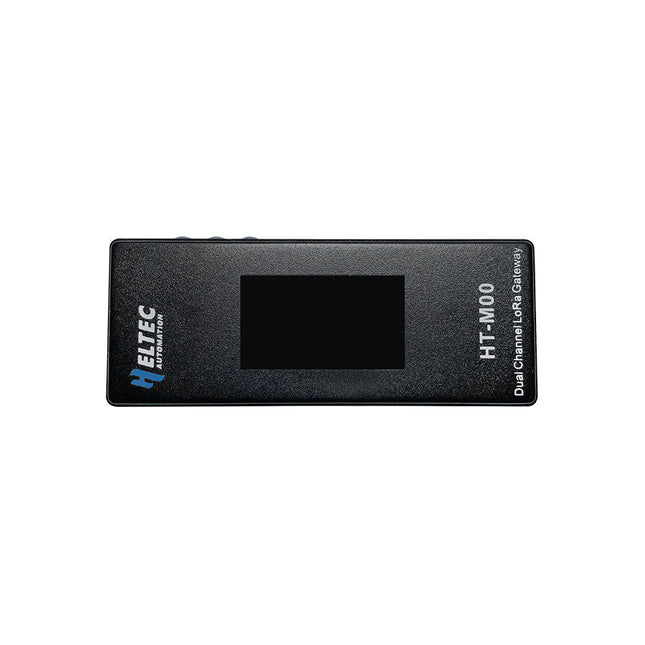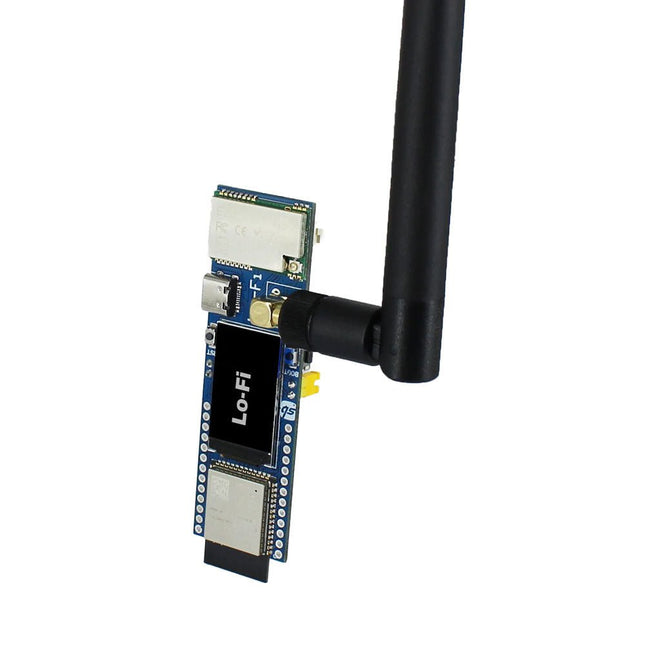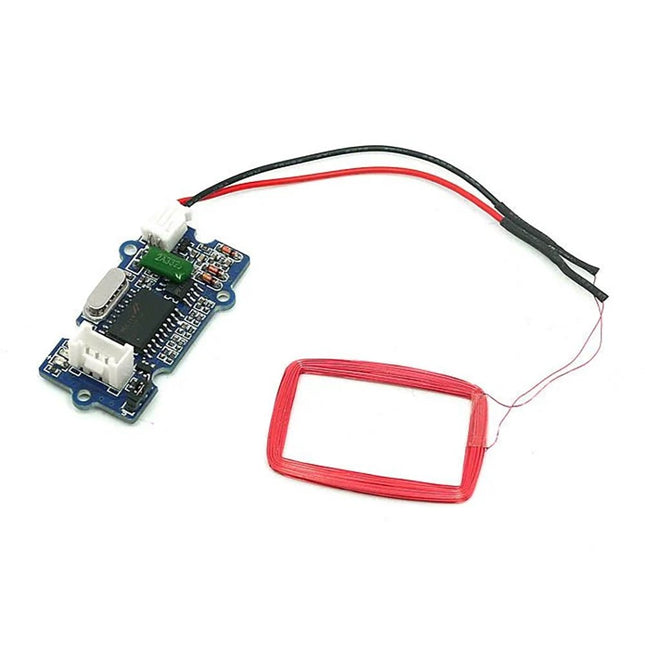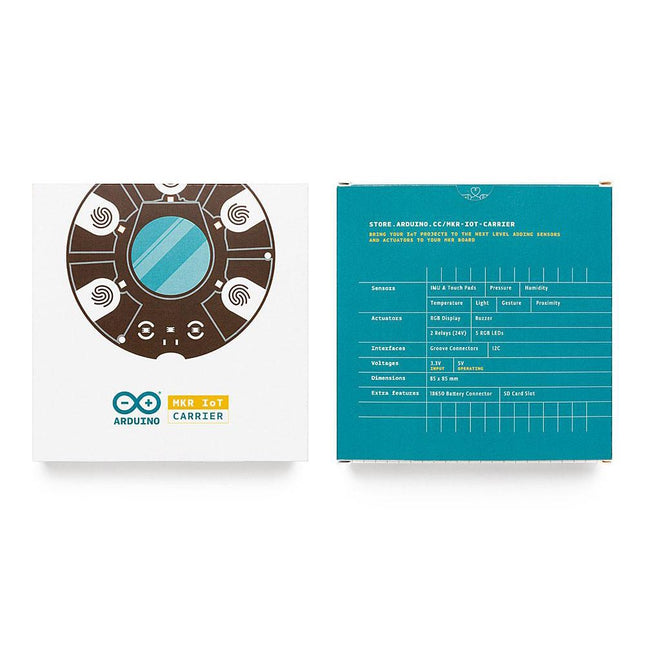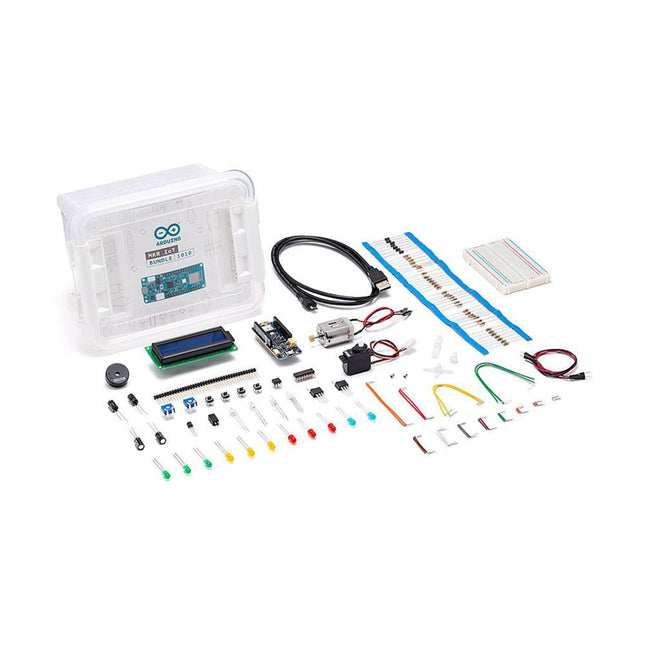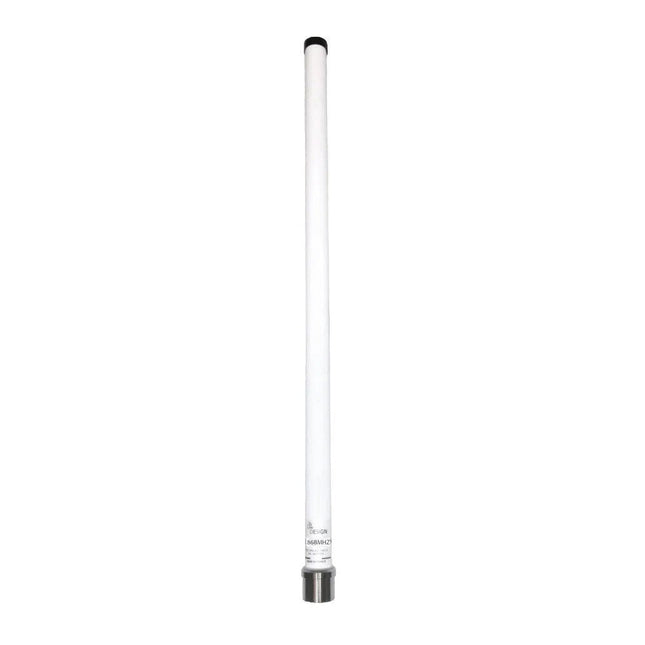What is the Internet of Things (IoT)?
The Internet of Things, or IoT, is a system of interconnected computing devices, physical objects with sensors, processing power, software, and other technologies that have unique identifiers (UID). The IoT network deals with communication between machines, device identification, and communication. Therefore, choosing the best wireless network based on the IoT specifications is essential.
IoT devices can transfer data over a network without the need for human-to-human or human-to-computer interaction. As a result, users may experience difficulties with security, integration, process capability, scalability, and accessibility. Solving these problems requires a smart approach to IoT device management.
What are LoRa and LoRaWAN?
LoRa enables transmissions over very long distances (more than 10 km in rural areas) with low power consumption. It is a widely used technology for IoT networks worldwide. Thanks to LoRa technology, we can solve some of the world's biggest problems: energy management, natural resource reduction, environmental protection, infrastructure efficiency, disaster relief, and more.
However, the low bandwidth of LoRa cannot be used for just any application. Due to limitations in the frequency range it uses, the protocol is unable to transmit continuously.
LoRaWAN is a low-power, wide area networking protocol built on LoRa radio modulation technology. It connects devices wirelessly to the Internet and manages communications between end-node devices and network gateways. Thus, LoRaWAN defines the communication protocol and system architecture for the network, while the physical layer of LoRa enables the long-distance communication link, with the help of the gateway.
The gateway helps to realize transmission from an electrical device to the cloud, especially in environments where other types of networks are not usable due to technical limitations.
What can you do with LoRa technology? What does Elektor offer? What accessories are there?
LoRa is an excellent choice for indoor use in a broad spectrum of applications, including smart cities, buildings, agriculture, metering, healthcare, and logistics. It is safe, bidirectional, low-power, and has a long range.
Accessories help users optimize their IoT setups. Elektor offers a wide choice of components, including gateways, RFID readers, IoT shields, and different types of sensors (e.g. temperature, position, and humidity) to meet the diverse needs of a wide range of customers.
The future of LoRa
LoRa will help reduce the costs of creating IoT solutions and enable large-scale IoT applications. It is expected to play a key role as a communications network. For example, we expect it to be used for a wide range of applications, such as numerous smart lighting systems, hydropower usage tracking, and industrial data monitoring and analysis.

